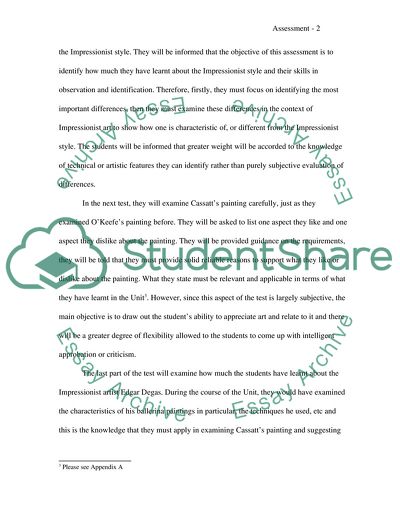Cite this document
(Educative Assessment for Visual Arts Students Assignment, n.d.)
Educative Assessment for Visual Arts Students Assignment. https://studentshare.org/education/1704107-education-assessment
Educative Assessment for Visual Arts Students Assignment. https://studentshare.org/education/1704107-education-assessment
(Educative Assessment for Visual Arts Students Assignment)
Educative Assessment for Visual Arts Students Assignment. https://studentshare.org/education/1704107-education-assessment.
Educative Assessment for Visual Arts Students Assignment. https://studentshare.org/education/1704107-education-assessment.
“Educative Assessment for Visual Arts Students Assignment”. https://studentshare.org/education/1704107-education-assessment.


